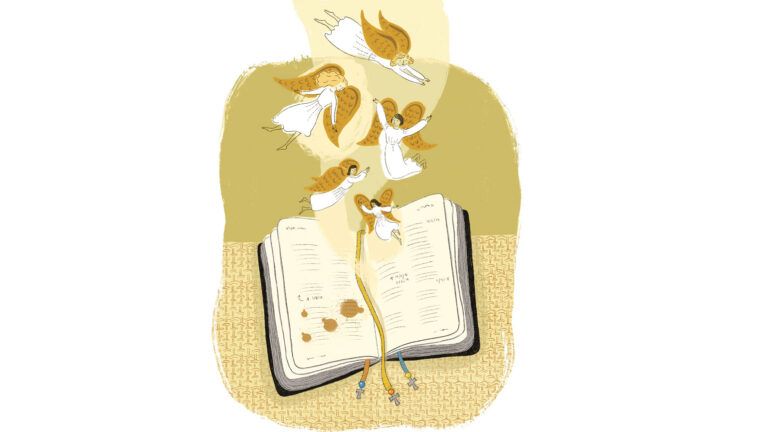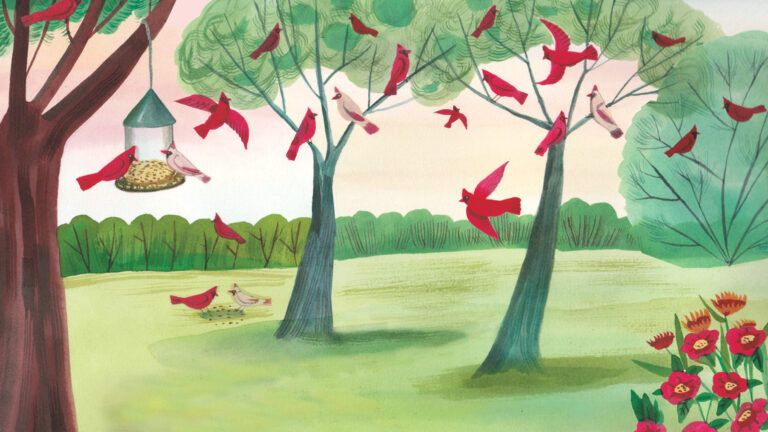“Sophie would make a good therapy dog.”
The day my dog trainer said those words, I didn’t even know what a therapy dog was. I certainly had no idea what traits my little Havanese had that would make her a candidate. But why not, I thought, if I can help people in need of some cheering up?
Now here I was, escorting Sophie into the hospital for our first day on the job. In the year and a half I had spent getting her certified, I’d learned what to expect. I would bring Sophie into a patient’s room for a brief pick-me-up visit, then we would move on. Of course, Sophie herself couldn’t understand her purpose in all of this, but she was always happy to meet new people, and that was enough.
We walked through the wide automatic sliding glass doors and into the lobby, where we were met by the nurse who ran the therapy dog program at the hospital. “Welcome, Sophie,” she said. “I’ll be taking you two around today.”
I followed the nurse down the hall. Sophie trotted along at my side, just as she’d been trained. “We’re a transitional care unit,” the nurse explained. “Most of our patients are seniors.” I knew how important it was for Sophie to be her gentlest. She’s trained and ready for this, I reminded myself.
Up ahead an older lady was making her way down the hall with a walker. A nurse walked beside her, holding on to a gait belt to keep her steady. We caught up to them, but the patient remained focused on her walker. I made sure Sophie didn’t interfere. As we were passing by at a safe distance, the lady turned her walker toward a chair against the wall. “Okay, we’ll stop for a rest,” her nurse said.
Once the lady was settled, she pointed a finger at Sophie. “Now, bring me that dog,” she said bluntly.
Surprised, I picked up Sophie and placed her in the woman’s lap. Sophie snuggled into her while the woman stroked her fur.
“Her name’s Sophie,” I said.
“Well, hello, Sophie,” she cooed. Aren’t you sweet?”
The lady talked to Sophie as if she were an old friend. “I had a little dog once,” she said. “She was a little bigger than you are.” She told Sophie about the many dogs she’d had in her life, what they liked to do, where she lived with them. That led to memories of her husband and children. Sophie’s gaze never left the woman’s face, as if she understood every one of the woman’s stories. When it was time for us to go she gave Sophie a hug.
“Good girl,” I told Sophie when we rejoined our host. She was looking at Sophie in a way that made me afraid we’d already made a mistake. Had we overstepped our bounds? Had I allowed Sophie to do something I shouldn’t have?
“You don’t realize what just happened,” the nurse said. “We have been evaluating that patient for five days and assumed she’d lost the ability to speak. Then she held Sophie and… you saw what happened.”
Sophie looked up at me and wagged her tail. Could she have known the miracle she’d performed? As much as I loved my Sophie and believed she was the most special dog in the world, I had to dismiss the thought as utterly preposterous.
But as we continued our hospital visits I really started to wonder.
Making our way through the hospital’s crowded entrance one day, Sophie jerked me away from the door. In all our visits, she’d never resisted going inside, and she’d done her business before we left the house. She was also trained not to pull on her leash, but she dragged me with unusual insistence to the benches out front, where a woman sat alone—a woman I hadn’t even noticed. Sophie jumped right up on the bench next to her. I was flabbergasted. “I’m so sorry for bothering you!”
“Oh, it’s no bother,” the woman said. “I’m waiting for my ride.” She ruffled Sophie’s ears. Then she started talking. It turned out she’d just gotten a frightening diagnosis. In the few minutes that Sophie spent with her, the woman seemed to relax just enough to find some hope in her situation. “Thanks for bringing her over,” she said when her ride arrived.
“I didn’t,” I confessed. “She brought me.” On some level, I thought, in some way, Sophie seems to know what her job is.
From then on I let Sophie take the lead. One afternoon we were waiting for the elevator to leave when a woman called us over to the waiting room. She acknowledged me politely, but patted her lap for Sophie. All her attention was on the tiny dog I put there.
“My daughter was supposed to go home today,” she said, “but there’s been a complication. Her husband is on his way, but it will take him a while to get here. They have a little baby at home, born just last week…”
I took a chair nearby, feeling almost like an intruder. But Sophie seemed to know that this was right where she belonged. She sat still and attentive, comfortable in the lap of the worried mother. When she got word her daughter was being moved to the ICU, we accompanied her to that waiting room. Sophie resettled with the woman in her chair. Finally her son-in-law called her cell to say he’d arrived at reception but wasn’t sure where to go. “A woman and a dog will come down and tell you how to find me. The dog’s name is Sophie.”
Driving home, I thought back to that day when my trainer said Sophie would make a good therapy dog. I still couldn’t put my finger on what it was about Sophie that made her so good at her job. What was her secret? The best explanation I got was from a man who worked in a hospice center that Sophie and I visited often. When the man became a patient himself and woke from a difficult surgery, the first thing he asked for was Sophie.
“Why Sophie?” I asked him when we were allowed to see him in the recovery room.
“I don’t know how to explain it,” he said. “All I can say is that she brings me a sense of peace and comfort.”
Maybe I didn’t need to know Sophie’s secret. She had been given a gift, a special assignment on this earth, and I had an assignment too. To help her share it.
Did you enjoy this story? Subscribe to Angels on Earth magazine.





